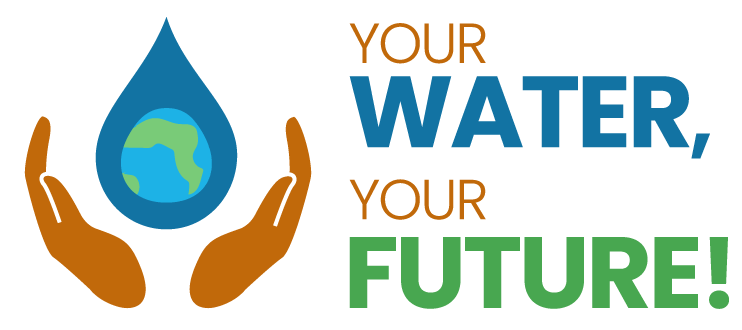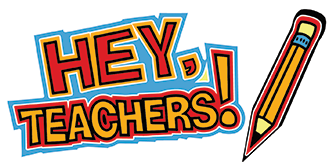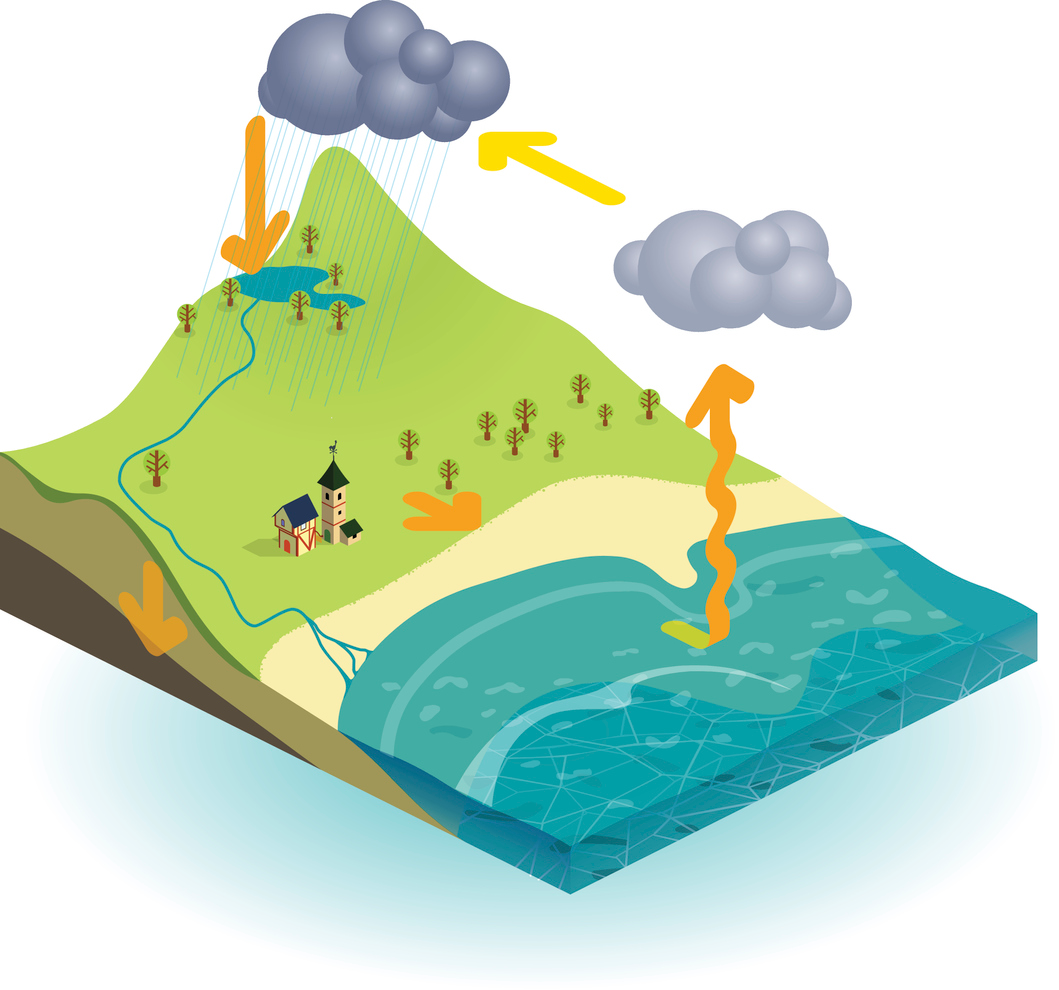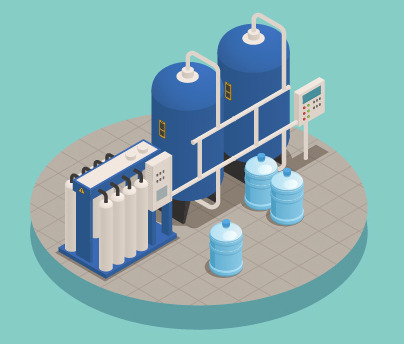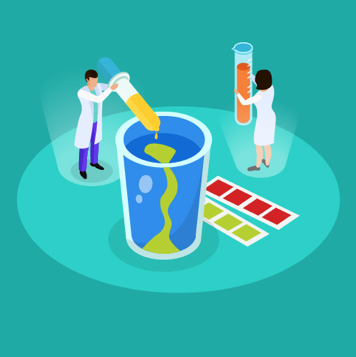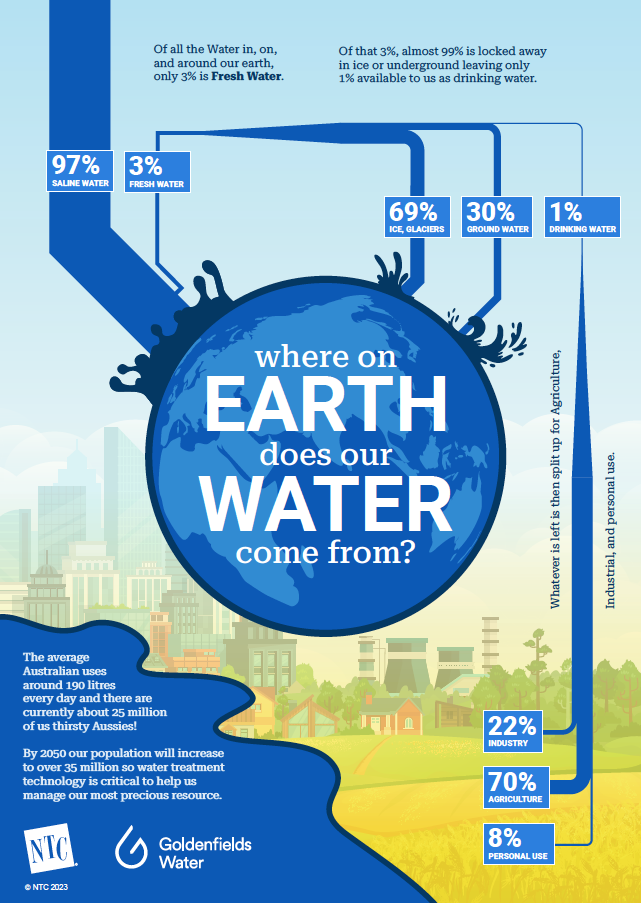You might have heard of Water Sensitive Urban Design (WSUD) and its benefits to our community and water security, but what exactly does it mean, and what does it look like?
Words like bioretention, rain gardens and porous surfaces might sound familiar - let's have a closer look at how they play a part in WSUD.
In natural environments (as opposed to the urban architecture of towns and cities) most rainwater has access to exposed earth or vegetation. This means when it rains, water is able to be absorbed into the ground, feed plants, or easily evaporate back into the atmosphere and return to the natural water cycle.
In human-made environments there is a lot more concrete, roads, roofs and paved areas that block the rain's access to the ground. These surfaces are known as ‘impermeable’ meaning they stop the water from being able to reach the earth and be reabsorbed. This water is then forced to flow into sewers and waterways, becoming what is called ‘stormwater runoff’.
But can’t that runoff just be collected and treated? Unfortunately, because of all the cars and industry in urbanised areas, pollutants collect on the impermeable surfaces and are then picked up by the stormwater runoff, contaminating it. On top of that, there is excess stormwater, creating a higher chance of the water making its way into our rivers and creeks, contaminating our natural waterways. This can be a huge problem.
So what can we do? Aren’t all the cities and towns already built and can’t be changed?
WSUD uses small but effective modifications to capture and treat this stormwater closer to the surface before it can compromise our natural waterways. This doesn’t mean pulling up all the roads, but could include some of these methods:
-
Rain gardens that utilise and collect the water close to the source
- Rainwater tanks in community spaces
- More street trees and native plants in public spaces
- Permeable pavements whenever new walkways are constructed
- Stormwater collection on industrial roof tops.
All of these methods (and more!) could work together to reduce the quantity of stormwater runoff, while improving its quality. It also protects and restores natural waterways, improves habitat for native wildlife, improves the appearance of our built areas, and also cools our environment by retaining more water.
See what you can do to help, and learn more about WSUD today:
https://waterbydesign.com.au/wsud

